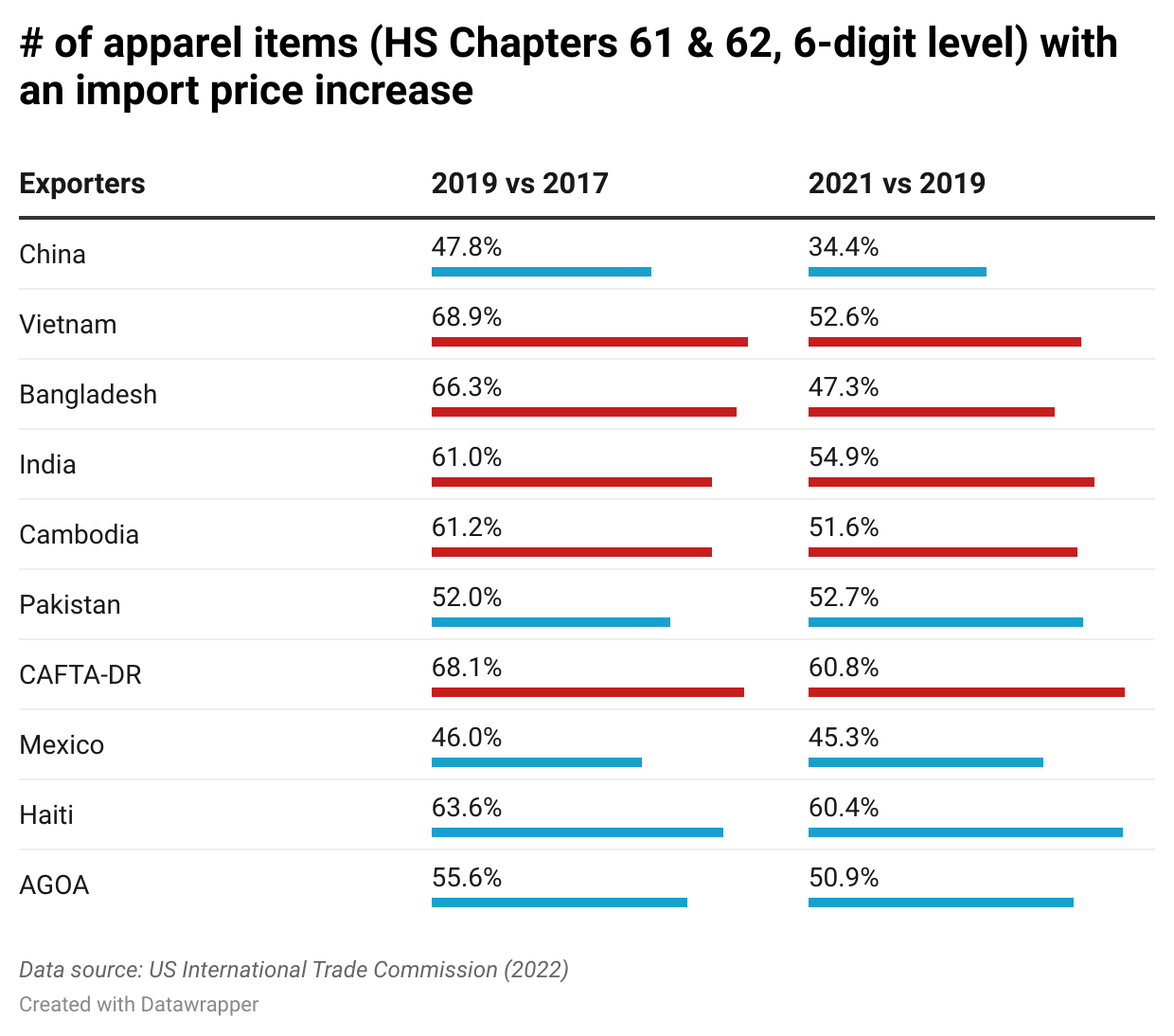Indian Cities And The Heat: The Case For Advanced Building Materials

Table of Contents
The Impact of Extreme Heat on Indian Cities
The extreme heat affecting Indian cities presents a multifaceted challenge with severe consequences:
Public Health Concerns
Extreme heat significantly impacts public health. Heatstroke, respiratory illnesses, cardiovascular issues, and increased mortality rates are directly linked to prolonged exposure to high temperatures. Vulnerable populations, including the elderly, children, and those with pre-existing health conditions, are particularly at risk.
Economic Impacts
The economic burden of extreme heat is substantial. Lost productivity due to heat-related illnesses, increased energy consumption for cooling buildings, and strain on healthcare systems all contribute to significant financial losses. Businesses face decreased efficiency, and the overall economic output suffers.
Environmental Consequences
The urban heat island effect exacerbates climate change and air pollution. Dark-colored surfaces absorb and retain heat, contributing to higher temperatures, and increased energy consumption for cooling further elevates greenhouse gas emissions. This vicious cycle demands immediate attention.
- Delhi: Experiences some of the highest temperatures in the country, leading to widespread health issues and energy crises.
- Mumbai: Its dense population and concrete infrastructure contribute to a significant urban heat island effect.
- Ahmedabad: Known for its scorching summers, the city faces significant challenges in providing adequate cooling solutions for its residents.
Traditional Building Materials and Their Limitations
Traditional building materials, while cost-effective in the short term, often fall short in mitigating the effects of extreme heat:
Thermal Performance of Traditional Materials
Materials like concrete, brick, and terracotta absorb and retain heat readily, leading to high internal temperatures within buildings. This necessitates increased reliance on air conditioning, further contributing to energy consumption and greenhouse gas emissions.
Energy Consumption
Buildings constructed with traditional materials require significantly more energy for cooling, particularly during peak summer months. This increases both household and national energy demands and places a strain on power grids.
Environmental Impact
The production and transportation of traditional building materials contribute to a substantial carbon footprint. The manufacturing process often involves energy-intensive activities and the release of harmful pollutants.
- Concrete production is a major source of CO2 emissions.
- Brick kilns often utilize inefficient and polluting fuels.
- Transportation of these materials across long distances adds to their environmental impact.
Advanced Building Materials: A Solution for Sustainable Urban Development
The adoption of advanced building materials offers a promising solution for creating sustainable and heat-resilient urban environments in India:
Exploring Innovative Materials
Several innovative materials offer superior thermal performance and environmental benefits compared to traditional options. These include:
- Aerated concrete (AAC): Lightweight and highly insulating, AAC reduces heat transfer.
- Insulated concrete forms (ICFs): These offer excellent insulation and contribute to energy-efficient construction.
- Hempcrete: A sustainable and naturally insulating material made from hemp shiv and lime.
- Bamboo: A rapidly renewable resource with good thermal properties.
- Recycled materials: Utilizing recycled content reduces the environmental impact of construction.
Superior Thermal Properties
These advanced materials exhibit improved insulation, heat reflection, and temperature regulation capabilities, significantly reducing the need for artificial cooling and lowering energy consumption.
Environmental Benefits
Many advanced building materials boast reduced carbon footprints, sustainable sourcing, and recyclability. This promotes environmentally responsible construction practices.
Cost-Effectiveness in the Long Run
While the initial cost might be higher, the long-term cost savings through reduced energy consumption and lower maintenance outweigh the initial investment.
- Case Study: The successful implementation of AAC in a housing project in Hyderabad resulted in a 30% reduction in energy consumption. (Source needed – replace with actual study)
Government Policies and Incentives for Sustainable Construction
Government intervention is crucial to accelerate the adoption of sustainable building materials:
Current Initiatives
Several Indian government initiatives promote energy efficiency and sustainable building practices, including programs focusing on green building certification and energy audits.
Future Recommendations
Strengthening existing policies, introducing financial incentives (tax breaks, subsidies), and creating stricter building codes that mandate the use of advanced building materials are crucial steps to fostering widespread adoption. This includes supporting research and development in this area.
- Incentivize the use of heat-resistant materials through tax breaks.
- Develop stricter building codes that incorporate energy efficiency standards.
- Invest in training programs for construction professionals on the use of advanced building materials.
Conclusion: Embracing Advanced Building Materials for a Cooler Future in Indian Cities
The extreme heat affecting Indian cities necessitates urgent action. The adoption of advanced building materials offers a viable pathway towards creating more sustainable, energy-efficient, and heat-resilient urban environments. By embracing these innovative materials, we can significantly reduce energy consumption, improve public health outcomes, and contribute to a more sustainable future. We urge policymakers, the construction industry, and researchers to prioritize the exploration and implementation of advanced building materials for a cooler and healthier India. Contact your local government representatives and relevant organizations to learn more about available resources and initiatives promoting sustainable construction.

Featured Posts
-
 San Diego County Beach Day This Weekend Your Guide To Sun And Sand
May 30, 2025
San Diego County Beach Day This Weekend Your Guide To Sun And Sand
May 30, 2025 -
 Monte Carlo Masters Alcaraz Secures Sixth Masters 1000 Crown
May 30, 2025
Monte Carlo Masters Alcaraz Secures Sixth Masters 1000 Crown
May 30, 2025 -
 Como Obtener Tu Reembolso Por La Cancelacion Del Festival Axe Ceremonia 2025 En Ticketmaster
May 30, 2025
Como Obtener Tu Reembolso Por La Cancelacion Del Festival Axe Ceremonia 2025 En Ticketmaster
May 30, 2025 -
 Us Imposes Steep Tariffs On Southeast Asian Solar Imports Up To 3 521 Duties
May 30, 2025
Us Imposes Steep Tariffs On Southeast Asian Solar Imports Up To 3 521 Duties
May 30, 2025 -
 Andre Agassi O Declaratie Uimitoare Despre Nervi
May 30, 2025
Andre Agassi O Declaratie Uimitoare Despre Nervi
May 30, 2025
